What is plowing and what happens?
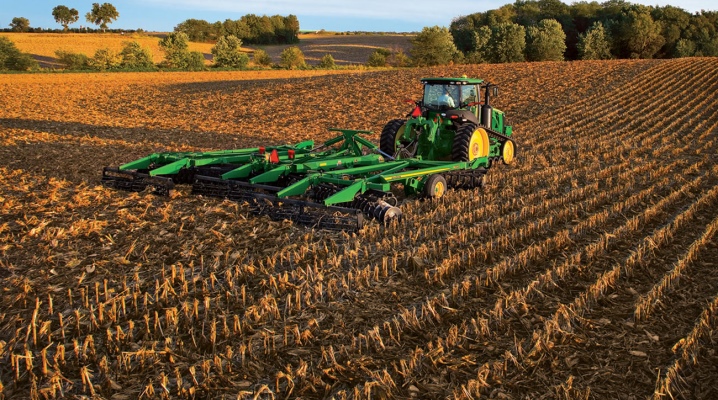
There are many ways to work the soil on the site. Most often, farmers turn to plowing. It should be carried out at a suitable period, observing all the necessary rules. In this article, we will learn what plowing is and what it can be.
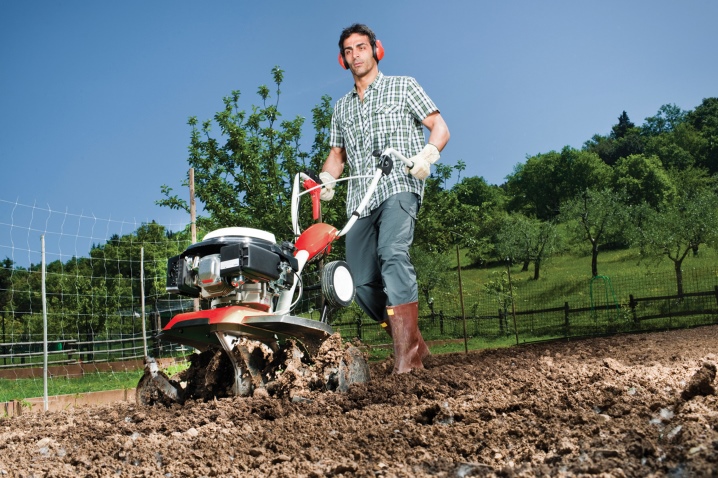
What it is?
Before proceeding to a detailed examination of all the varieties and features of the process, it is necessary to understand what plowing is. The process of plowing the land is the cultivation of the upper soil layer so that it becomes uniform and provides the owners with a good harvest.... For example, in areas where humid climates prevail, people often face severe salinity. In this case, the top layer of the soil dries up, and the bottom remains damp, and salts accumulate there. If you leave the site without proper treatment, the salt will remain in the soil, which is why it will not receive oxygen in the required volumes. This will certainly negatively affect the yield.
This agricultural technique is often used in agriculture. Plowing is a common way of cultivating the land for many gardeners and summer residents who keep their own vegetable garden of any size.
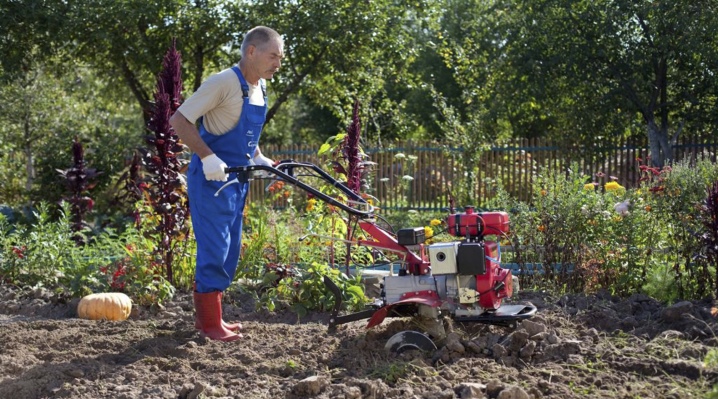
What is it for?
Before deciding when to plow the land - in autumn or spring, it is worth understanding why this procedure is needed. Many farmers will say that plowing is required to get rid of overgrown weeds and pests, or to fertilize the land well. All answers will be correct, but this is not the only point.
Plowing solves a large number of important tasks on the land. It is required in the following cases.
- When salinized. As noted above, saline soil is a classic problem in humid environments. When loosening the soil in such areas, the soil is saturated with the required level of oxygen. This is essential for all beneficial microorganisms. They play an important role in the quality and fertility of the soil.
- Eliminates weeds and pests. In the course of the plowing process, many root systems of weeds, and with them dangerous pests, go to the top layer and die. This process is also very important.
- Soil compaction or erosion. In this case, you need to competently plow the land in order to achieve good results.
Of course, these are far from all the reasons why plowing can be useful in the conditions of a land plot in the country. There are other minor problems that can be solved by turning to such a popular processing technique.
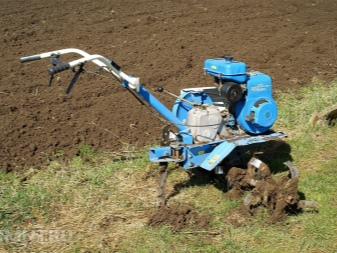
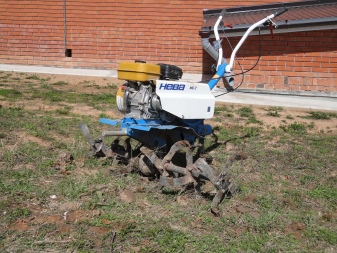
Species overview
Plowing the land is different. Each type of process has its own characteristics, nuances and "pitfalls" that farmers must be aware of. Let's consider in detail how different types of plowing differ.
Reservoir turnover
This method of plowing is used by many users who own their own land plots. Due to this method, a full-fledged revolution of the soil is carried out. The layer that was cut with the plow is turned over 180 degrees relative to the horizon.
The specified type of plowing is most often used in the processing of swampy or virgin areas... The main advantage of this type of soil lies in the fact that the weeds and causative agents of dangerous diseases that are at the top turn over and go to the lower layers, covered with a dense soil layer.The causative agents of diseases die, and the seeds get the opportunity to germinate. The depth can be adjusted by choosing the correct plow depth.
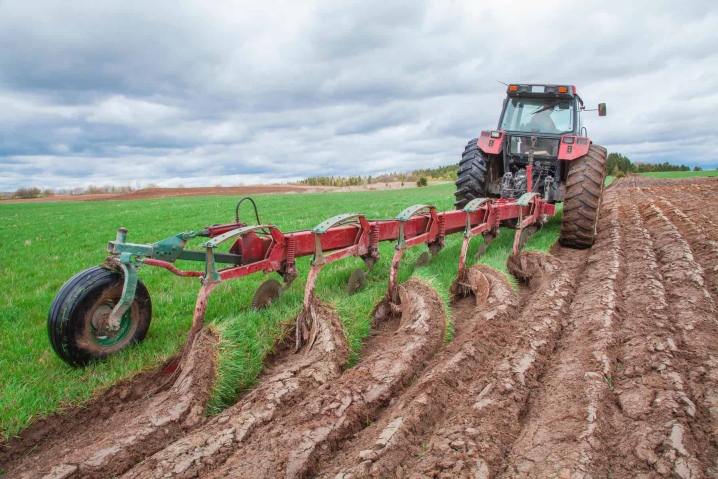
Take off
Offset plowing can be a good solution. This is a kind of processing in which the soil layer is turned in the transverse plane by 135 degrees relative to the horizon. With the help of these actions, air cavities are formed between the soil layers in the area of the plow's depth. Thanks to this, life-giving moisture can accumulate in them.
Because the sinuses are closed, moisture stays in them for a long time. Besides, a special ridge-like structure is created on the surface of the earth, which can help trap snow and excess moisture. This type of plowing is most often used in relation to soils that have already been previously processed. The disadvantage of this solution is that some of the plants are not covered with soil and eventually germinate. Take-off is one of the most popular and frequently used methods in our climate.
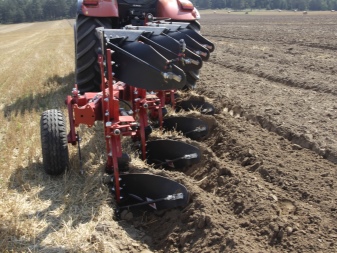
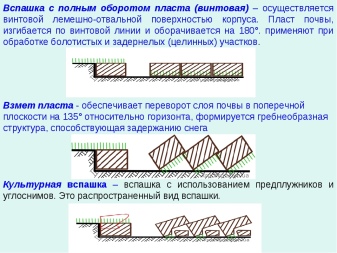
Cultural
Not all people resort to moldboard or overhead plowing. There is also a cultural way. It is somewhere in the middle between the options described above. Cultural plowing is carried out using a special skimmer. Due to its impact the filling of the air cavity occurs, which is formed between the earth layers. At the same time, the topmost layer turns out to be even and neat. Due to these features, the cultivated type of plowing is much more effective at suppressing weed seedlings than other existing methods.
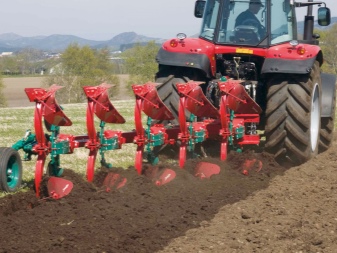

How to plow?
The land must be plowed using a suitable arable implements. Fortunately, modern gardeners and gardeners have the opportunity to seek help from highly efficient technology that can significantly save time. Consider which equipment is best suited for plowing the land.
Motor winch
Many farmers prefer to use a special motor winch to work their land. With the help of such devices, you can easily and quickly plow the land. Often this device is used to transport various goods. As a rule, these units are made reliable, strong and durable.
Different models of motorized winch have different lengths, heights and widths. Usually, a high-quality and strong cable comes with the equipment. Modern manufacturers produce high quality pieces with good air cooling. The power indicators of the motor winch are also different.
For more complex and extensive areas, it is better to buy powerful devices.
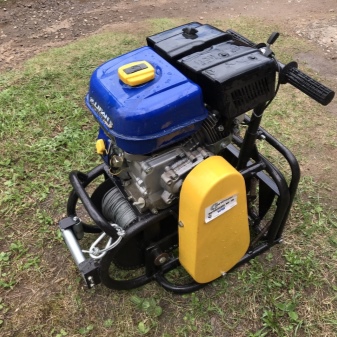
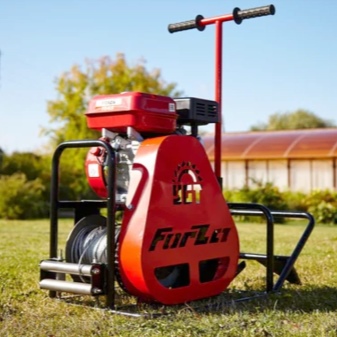
Motoblock
Motoblock is one of the most popular devices used for plowing land. Such agricultural machinery is produced in a wide range and is in great demand. Most of the devices produced by modern manufacturers can boast not only excellent power indicators, but also rich functionality. Before starting work, it is necessary to correctly adjust the position of the plow of the walk-behind tractor, after which you can proceed directly to plowing the land.
When working with a walk-behind tractor, the farmer must follow many important rules. For example, you cannot push too hard on such agricultural machinery or push it forward with force. Such actions in relation to the walk-behind tractor can end up getting stuck in the ground and just getting stuck. This is not good for equipment.
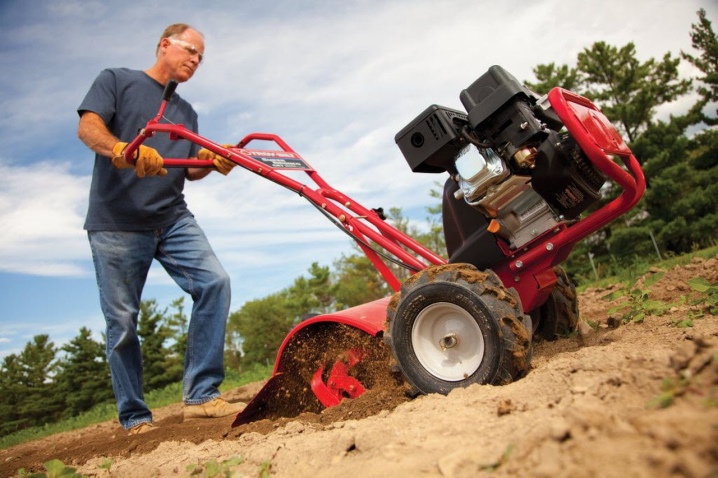
Plow
Classic instrumentused for soil cultivation. There are several varieties of these devices:
- negotiable;
- shuttle;
- disk;
- specialized.
Plowing the land is a popular and fairly simple solution.Based on the specific climatic conditions, soil contamination and crop rotation, the procedures are carried out with different frequency and level of complexity.
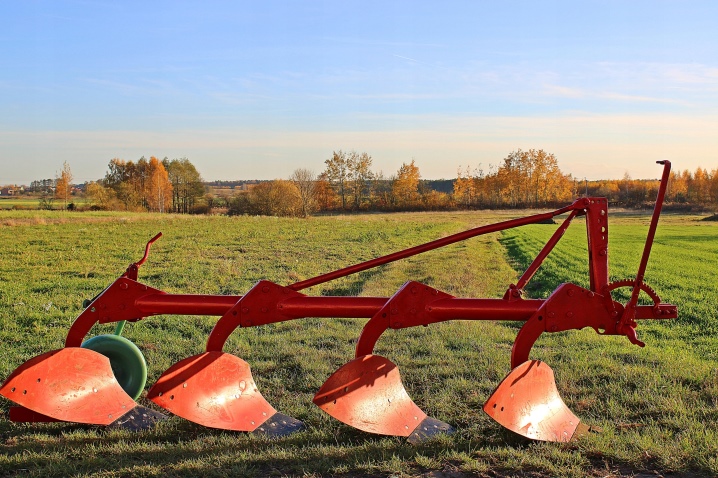
Tractor
A very convenient and simple solution for plowing the soil. Most often, the help of a tractor is consulted when it comes to processing of a large land plot... Thanks to tractor agricultural machinery, plowing of any kind can be carried out. It could be like surface and deep processing. Not all people have tractors in use, so many resort to a paid call for special agricultural equipment.
Consider how to properly plow the land using a walk-behind tractor.
- First, you need to properly prepare the equipment, set up the plow of the device, observing all the necessary requirements. The angle of inclination of the heel is carried out by rotating the hitch adjusting screw. When the heel lift in relation to the share needs to be made more, the screw must be turned clockwise and vice versa.
- When adjusting the plow of the equipment, it is imperative to ensure that the distance is not more than 3 cm. Otherwise, the bow of the plow will burrow into the depth of the earth layer, thereby impairing the pulling forces of the equipment.
- Having adjusted all the necessary units of agricultural machinery, it is required to tighten all the nuts well with a wrench.
- Having fully prepared the equipment for the main procedures on the site, it is allowed to proceed to plowing. Before that (especially if there is virgin soil on the territory), it is worthwhile to carry out control plowing and assess whether the plow is correctly set, what is the quality of the soil dumping.
- If the plow is set up correctly, the equipment will move smoothly, evenly on the ground, without jerking. The furrows from under the dump are smooth and do not overlap.
If the land on the plot is too hard, plowing is usually done in 2 approaches.
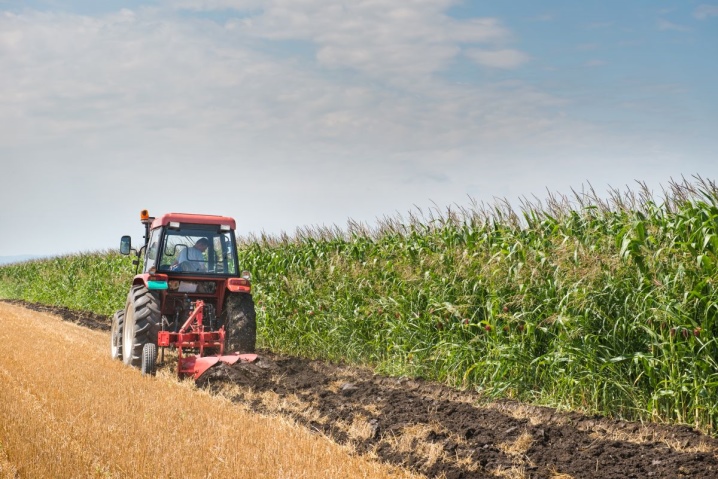
Technique
There are a number of actual plowing schemes for land plots:
- smooth;
- curly;
- driven.
The best is considered smooth land cultivation technique... It is done with a reversible plow.
Figured plowing ideal for areas with uneven soil. The peculiarity of this type of plowing is that the plow does not rise from the ground during the work, even at the moments of making turns. However, with curly plowing, quite a lot of blemish, poorly plowed zones remain. For this reason, this method is rarely used today.
Most often, farmers resort to to driven plowing technique... It is a win-win solution for small areas. Small areas (they are also called corrals) are allowed to be plowed and rolled and rolled.

Recommendations
Here are some helpful tips and tricks for the plowing process.
- If the site is set aside for a vineyard, it is recommended to use special plantation plowing. This is a special pre-planting treatment in which the soil layers are mixed.
- There is a special bed-plowing that makes sense to use for tillage on slopes. It is the best solution for erosion control.
- If you want to properly prepare the soil for potatoes, you should know that this crop loves deep cultivation of the soil layer. As a rule, this means exactly autumn plowing on a plot or field.
- Choose the equipment with which the plowing process will be as convenient and simple as possible for you. It should be borne in mind that the weight of an average cultivator is usually more modest than the weight of a standard walk-behind tractor. That is why it is easier to work with cultivators, and physical costs will be required several times less.
- Do not use motorized equipment in areas where there is too much overgrown weed with long rhizomes.
- The width of the plowed furrow should be no more than 50-60 cm.As for the degree of plowing depth, its ideal indicators will be 10-15 cm.
- After completing all the necessary agrotechnical procedures for cultivating the land on the site, be sure to remove the remnants of land, grass or torn roots from the agricultural equipment. After that, the cleaned parts must be rinsed and dried thoroughly. These actions are very important, because only when they are performed can we expect that the equipment will last longer.
- While working the soil, you can slightly increase the vehicle speed. In this case, the plowed area will be smoother, without unnecessary lumps.
- Loosening always has a beneficial effect on the degree of moisture permeability of the soil on the site. There is no need to plow the land 2 times. Because of this, the soil can subsequently crumble.
- If you decide to resort to autumn plowing, you should know that all the necessary work should be carried out until the night temperatures begin to drop below +5 degrees Celsius.
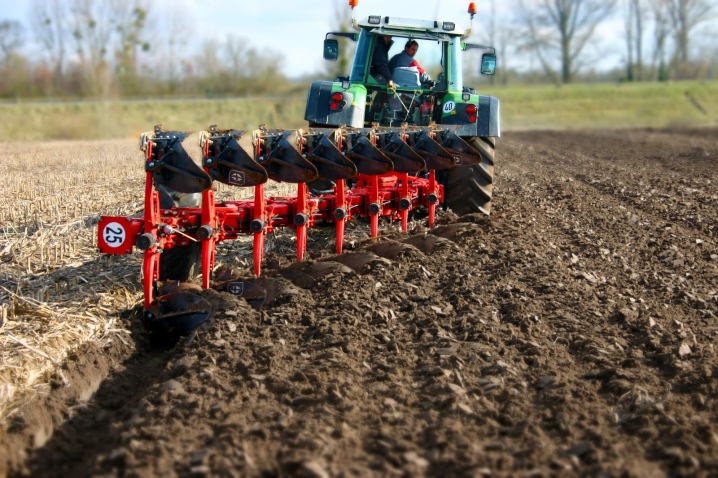
For the types of plowing and its meaning, see the next video.



































































The comment was sent successfully.